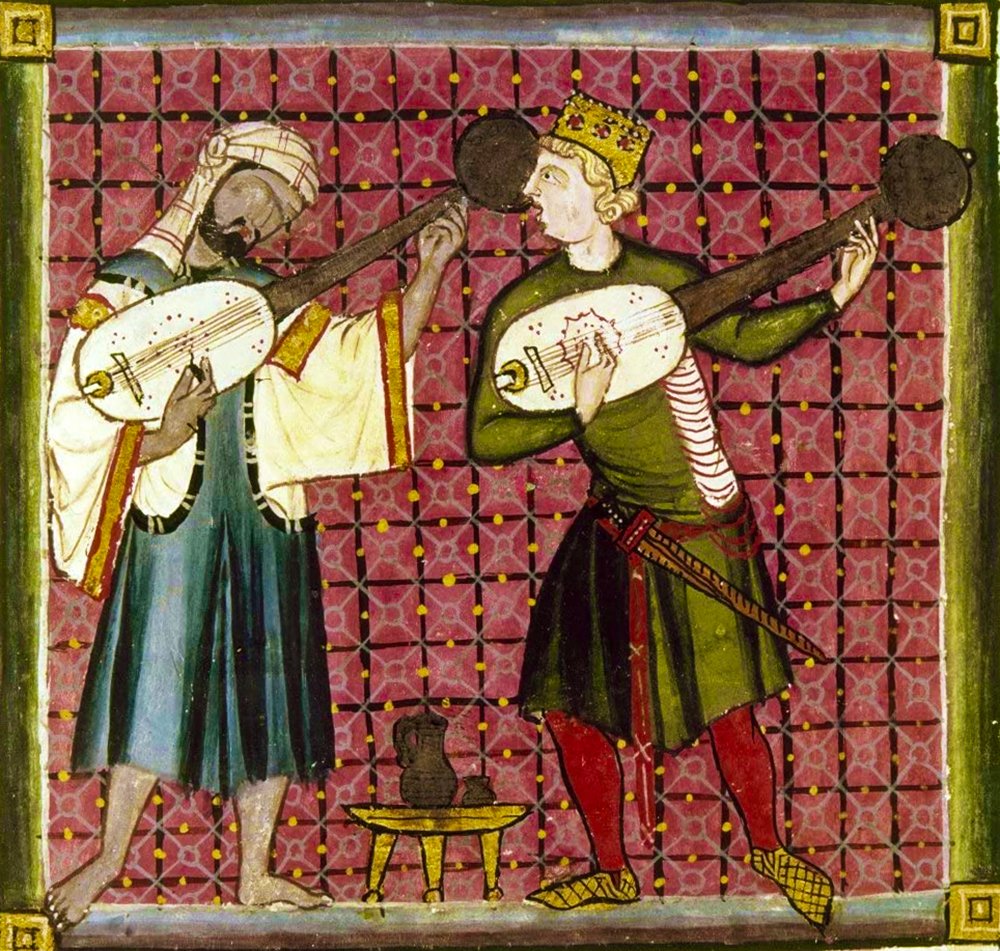The Islamic Golden Age: Exploring 500 Years of Progress
From astronomy to algebra, the Islamic Golden Age birthed an era of knowledge and innovation.
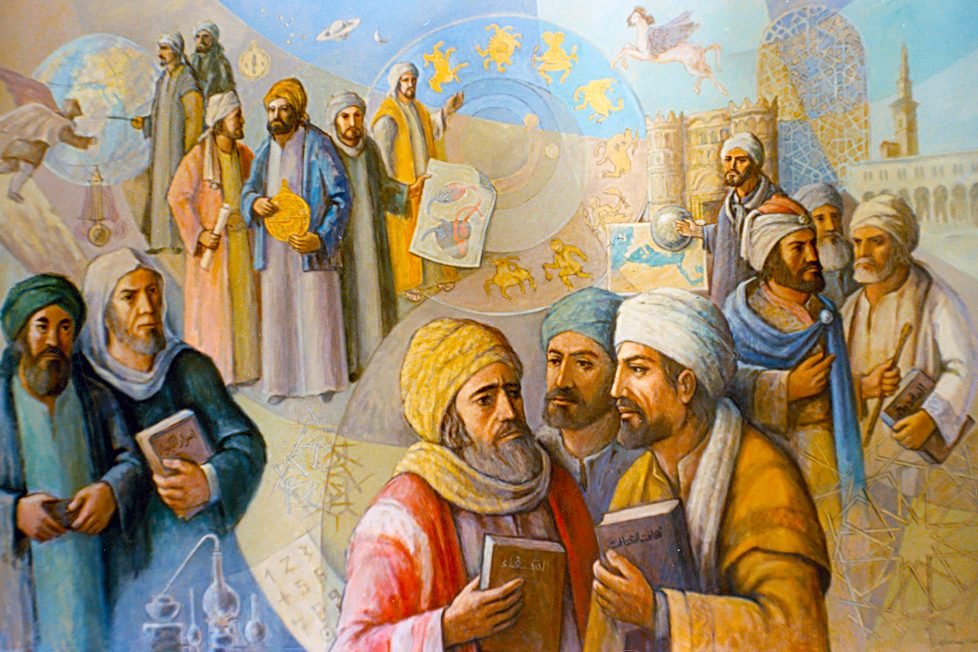
From astronomy to algebra, the Islamic Golden Age birthed an era of knowledge and innovation.

Table of Contents
ToggleIn the annals of history, the Islamic Golden Age stands as a remarkable epoch of intellectual flourishing, scientific innovation, and cultural enlightenment. Spanning roughly from the 8th to the 13th century, this era radiated intellectual brilliance across the Islamic world and beyond, leaving a lasting mark on the course of human progress.It’s also a period in history where we can clearly observe the transference, or the continuity of knowledge, through time and space.
With the fall of the Western Roman Empire in the 5th century, many of the institutions and networks that supported learning, such as libraries, schools, and centers of intellectual activity, were disrupted. The chaos and instability of this period made it difficult for scholars to engage in large-scale scholarly pursuits, such as translating ancient Greek texts.
This period saw a shift in academic focus Eastward, where Greek was more widely known, so while the Dark Ages began in earnest in the West, the flame of early Greek thinkers was kept alive (although mostly untranslated) in the Eastern Roman Empire. Contact with the ascendant Islamic Empire in the 8th century brought out the educational heritage of the Greeks in full. The Islamic viewpoint, that there is spiritual blessing in seeking and disseminating knowledge, made the fervor for learning even greater.
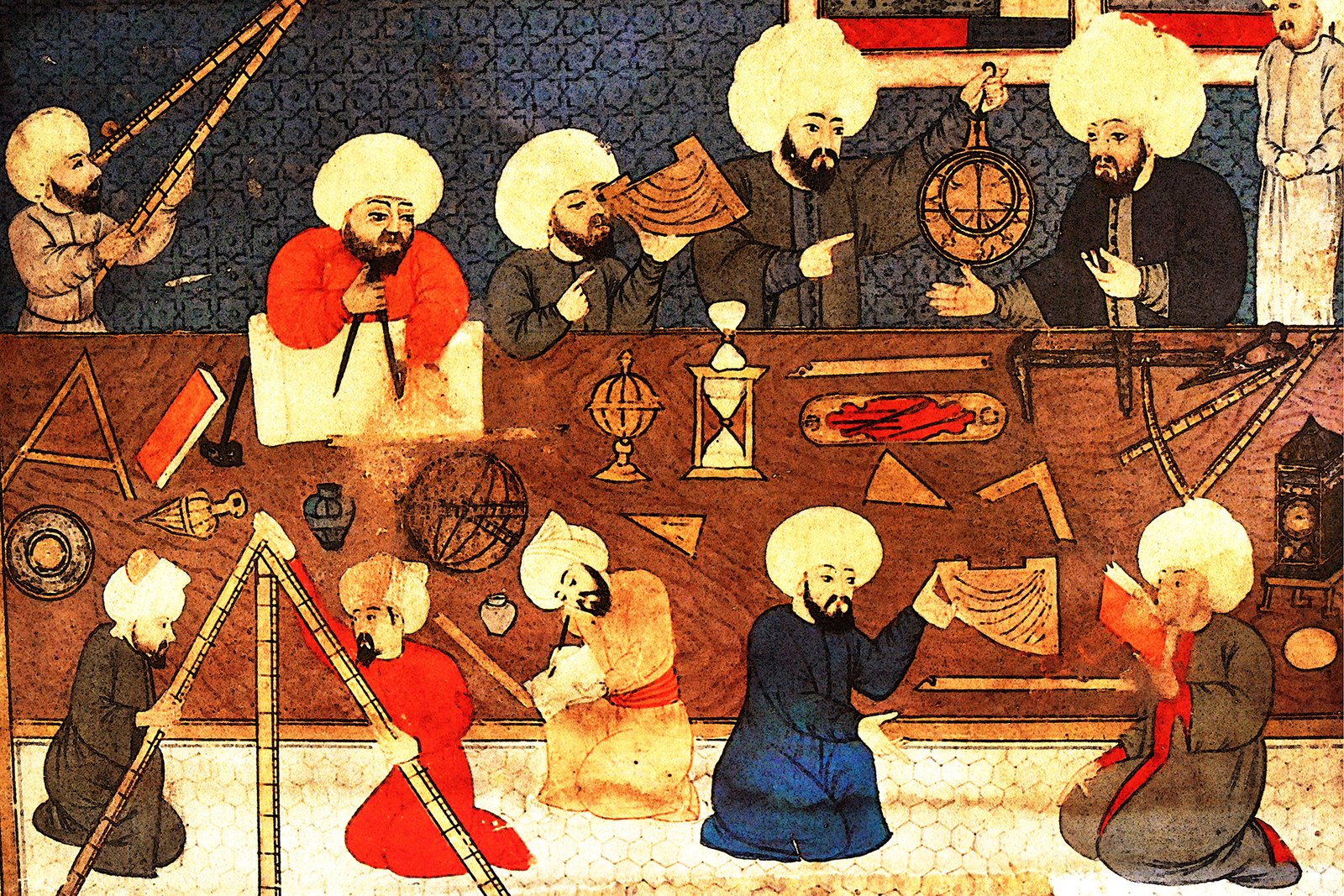
The great period of translation that followed brought forward not just Greek, but Persian and Indian text that had laid unexamined for centuries. The great minds of the Islamic Golden Age set about not just translating and preserving these works, but expanding and transcending them. For more than 600 years they fanned the flames of knowledge. When the ravages of marauding Mongols and internal decline saw the Islamic Golden Age at last tarnish its glow, they passed the torch back to Western Europe, ripe for the budding of the Renaissance.
The Islamic Golden Age found its genesis in the 8th century, with the rise of the Abbasid Caliphate.
Under the fifth Abbasid Caliph, Harun Al-Rashid, the Bayt al Hikmat, or House of Wisdom was established in Baghdad. As a great patron of art and sciences, Al-Rashid poured vast sums of money into the Bayt, giving rise to a monumental translation movement that saw text translated from Greek, Persian, Sanskrit and Syriac (among others) into Arabic, facilitating the transfer of forgotten knowledge to the intellectuals of the day.
Ptolemy’s “Almagest” was among the first works that found new life in Arabic, providing a significant advance in astronomical knowledge, and leading to many new contributions to the field as the foremost minds of the day took Ptolemy’s work and, for want of a better phrase, ran with it.
Ptolemy was not alone in imparting his knowledge through his writing to the hungry minds that waited in Baghdad. The works of Aristotle, Euclid, Archimedes, Hippocrates, Galen, and Plato were all scrutinized, and each lent their flavor to the burgeoning fields of Islamic philosophy, medicine, astronomy, chemistry, mathematics, logic and jurisprudence.
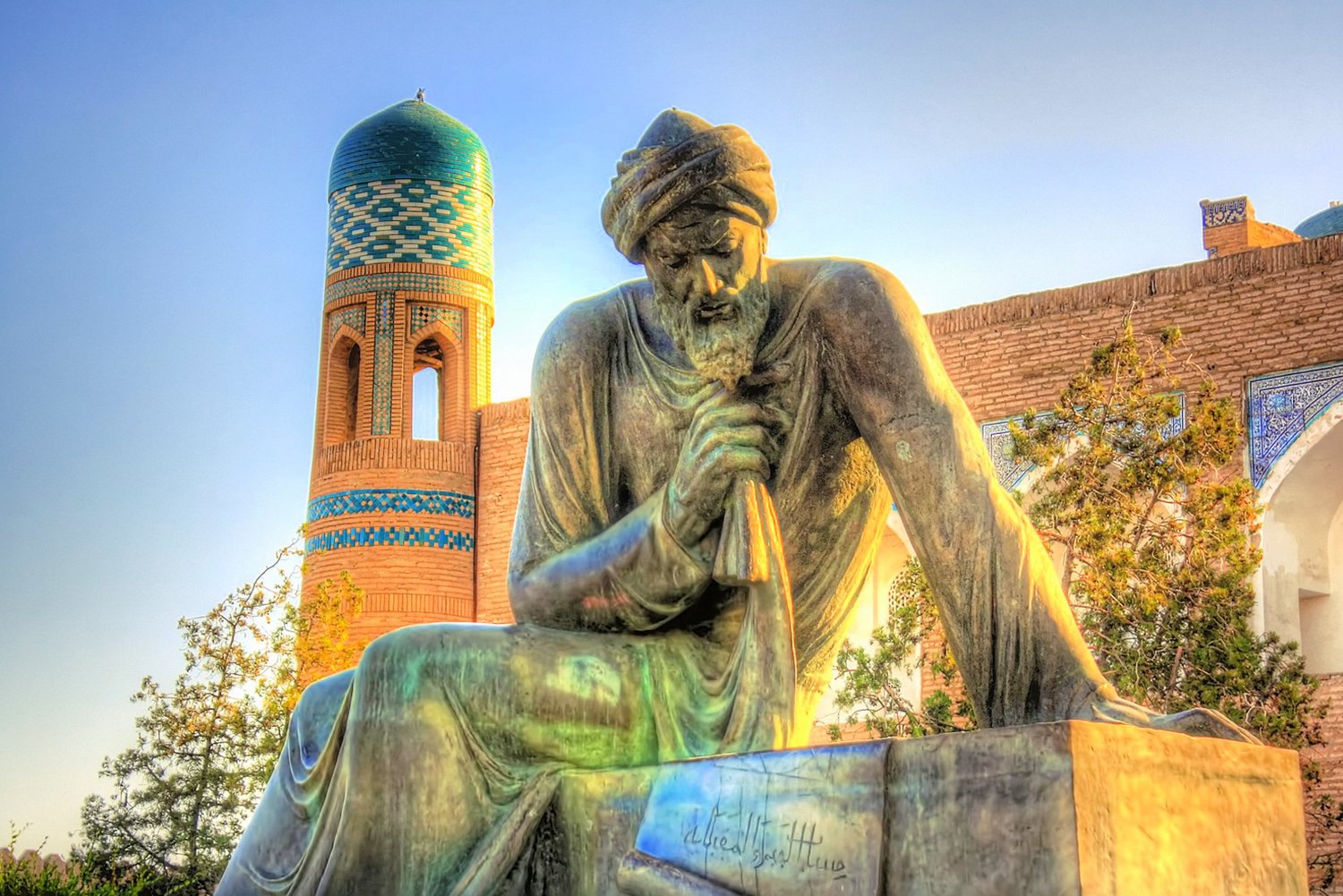
Prominent scholars of the period include Al-Khwārizmī (latinized as Algoritmi), a Persian scholar who produced works in mathematics, astronomy, and geography, who is known as the ‘Father of Algebra’. The polymath Al-Jahiz’s Book of Animals is known as one of the most important works in the history of biology, describing the theory of ‘the Struggle for Existence’ that is touted as an early forerunner for Darwin’s ‘Survival of the Fittest.’ Jabir ibn Hayyan (Geber), was another polymath who made significant contributions to alchemy, chemistry, and pharmacology. And the four founders of the Islamic Schools of Jurisprudence, Aḥmad ibn Ḥanbal, Muḥammad ibn Idrīs al-Shāfiʿī Mālik ibn Anas and Abū Ḥanīfa al-Nuʿmān all rose to prominence during the 8th century.
The House of Wisdom played a pivotal role in the translation, preservation, and dissemination of knowledge from various cultures to the wider Islamic world, sparking the beginning of the ascendancy of Islamic scholars for the next half millennia.
However, while Harun Al-Rashid watered the flowers of knowledge and culture through his patronage of the Bayt, he had unwittingly also sowed the seeds for the eventual collapse of the Islamic empire. In 800 CE he granted his governor Ibrahim ibn al Aghlab almost independent rule in Tunisia after a series of revolts in the region – the Aghlabids continued to rule from Baghdad. In time, a similar status was granted to other regions, gradually reducing the influence of the Caliph over the centuries.
The 9th century witnessed a deepening commitment to scholarship and the advancement of knowledge. During this century, the pull of Baghdad as the epicenter of learning lessened somewhat, and other areas of the Islamic empire began to create their own educational opportunities.
One consequence of the Aghlabids ruling in Tunisia was the exile of a young woman, Fatima Al-Fihri, and her family to Fes, in Morocco. Al-Fihri went on to found the Al-Qarawiyyin University in 859, (today the oldest existing, continually operating educational institution in the world).
Al-Qarawiyyin was a rival to Baghdad in that it drew hundreds of scholars from across the Islamic world, but it was also a crucial bridge into Europe that started a trickle of intellectual exchange. Medicine flourished with the work of Al-Razi (Rhazes), whose Kitab al-Hawi was a monumental medical encyclopedia, covering diseases, diagnostics, and therapies. Abu Abdullah al-Battani, (Albategnius), was an astronomer and mathematician known for his precise observations of celestial objects. He made significant contributions to both trigonometry and astronomy. Al-Kindi, known as the “Philosopher of the Arabs,” was a polymath who investigated philosophy, mathematics, astronomy, and medicine. He is credited with bridging Greek philosophy with Islamic thought.
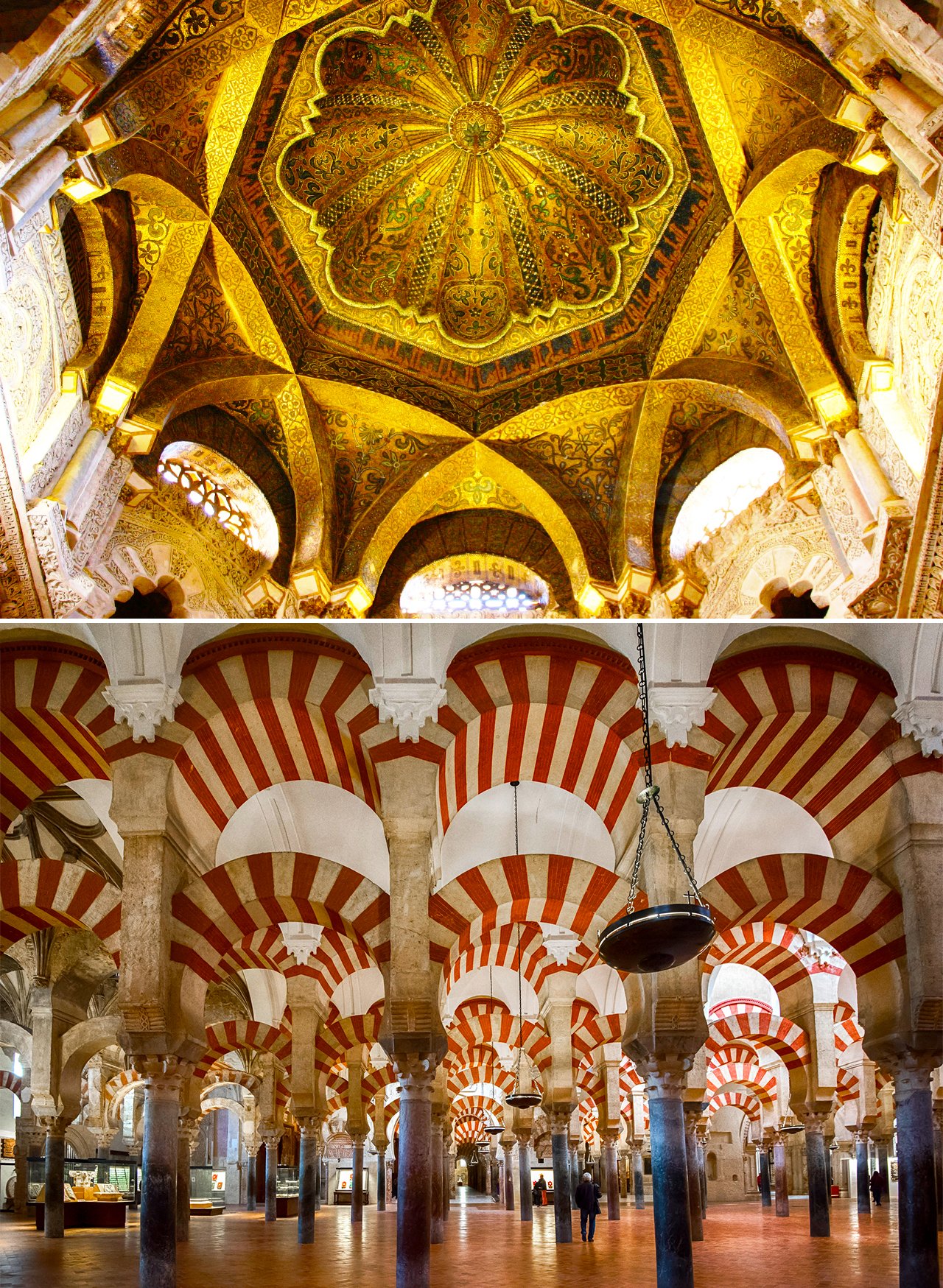
The convergence of old and new knowledge was also visible in other spheres of life – a notable example is the architecture of the Great Mosque of Cordoba, the bulk of which was completed in the 9th century. Recycled columns from ancient Roman temples were matched with striking red and white arches in the prayer hall, probably the most famous of the Great Mosques architectural features. The horseshoe arch of the Mihrab, a borrowing from the architecture of the Visigoths, made an indelible mark on the architectural style of North Africa and the golden dome of the mosque, which was an innovation of the architects of Cordoba, which later found fame in the ribbed vaulting of Gothic cathedrals across Europe.
The 10th century saw a real explosion in the diversity of scholarly activity. With the founding of Al-Azhar University in Cairo in 970, there were now centers of learning spanning the breadth of the Islamic world, and the 10th century scholars began to really build upon the foundations laid before them in fields of medicine, law, philosophy, mathematics and the sciences.
Problems posed by Archimedes nearly a thousand years earlier were teased open by the likes of Al-Quhi, who’s work in mathematics and geometry gave us the perfect and conic compass, among other geometric tools.
Ibn Al-Haytham, (Alhazen), made pivotal contributions to optics, visual perception, and the scientific method. Al-Haytham built off of the work on Al-Kind and his Aristotelian viewpoint that sight occurred from something entering the eye, rather than from rays exiting they eye, as the Ptolemaic theory of optics posited, but his Book of Optics blended both theories to create a more sophisticated understanding of the subject than either alone could achieve.
Al-Zahwari (Albucasis) was a scholar, chemist and surgical genius. His treatise Kitab al Tasrif, The Method of Medicine, was a revolutionary 30-volume encyclopedia of medical knowledge. While he built upon considerable works written in Greek and Latin, Al-Zahwari is still considered the father of modern surgery.
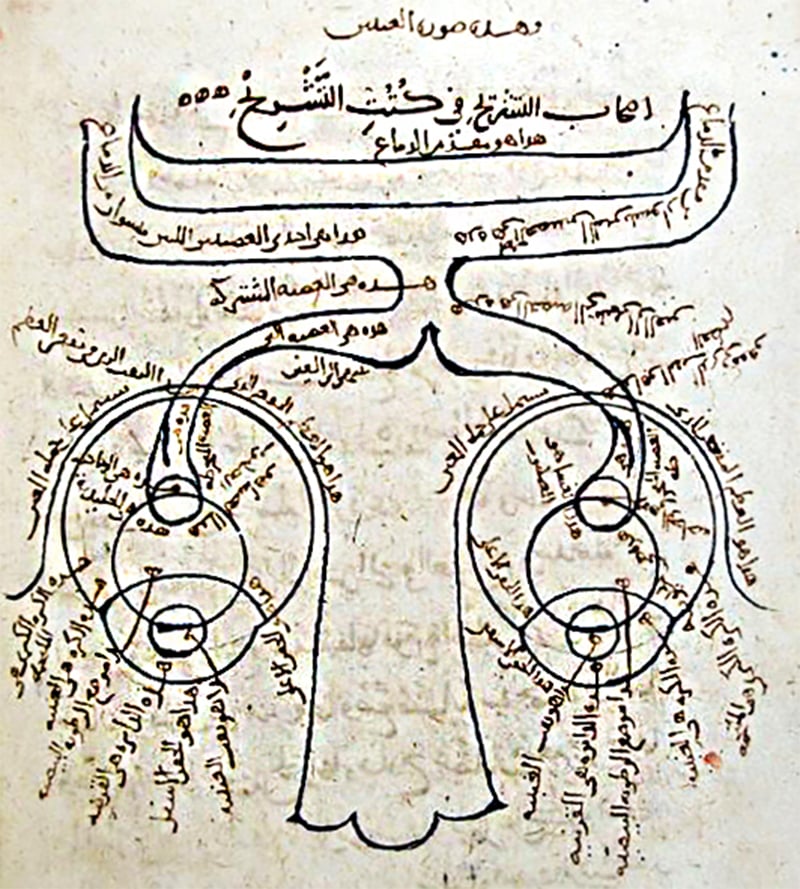
As the Islamic Golden Age continued into the 11th century, the pursuit of knowledge remained fervent.
The construction of the Isfahan Observatory in 1092 under the patronage of Sultan Malik Shah I saw great advances in astronomy by its head astronomer (and polymath) Omar Khayyam. Khayyam reformed the Persian calendar with astounding accuracy (an error rate of one day in 5000 years) and wrote a groundbreaking treatise on algebraic equations. He was not, however, interested in astrology, which many of his contemporaries studied in equal measure with astronomy. While the Isfahan Observatory was only in operation for 30 years, its work and founder inspired the construction of the Grand Observatory of Maragheh in later years. Khayyam was also a poet, and translations of his works the Rubayait of Omar Khayyam found great admirers in the Orientalists of the 1800s.
The 11th century was also the era of famed physician Ibn Sina (Avicenna). His Canon of Medicine was a seminal work that influenced medical education for centuries.
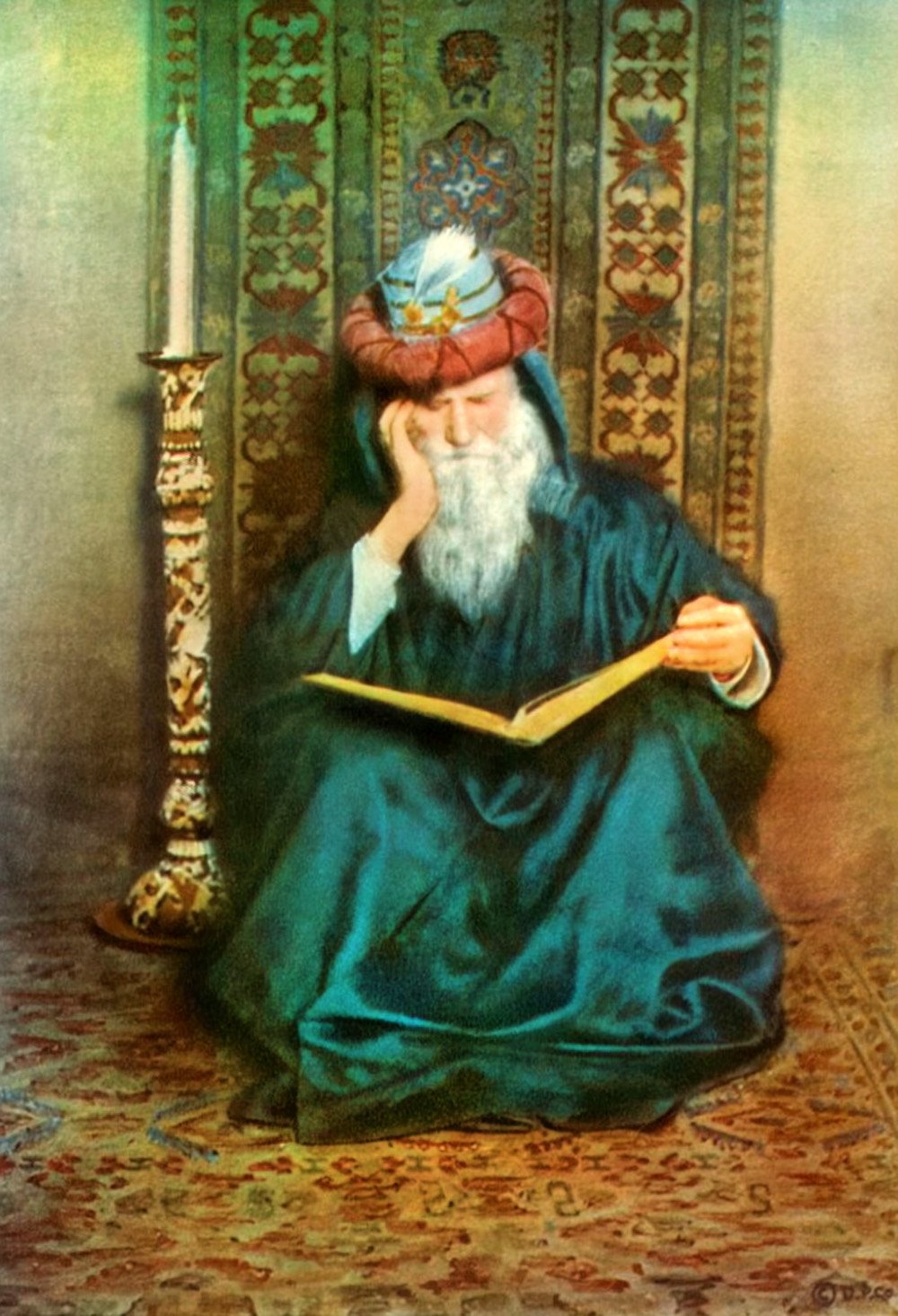
In the 12th century Ibn Rushd (Averroes) emerged as a towering figure, emphasizing the compatibility of reason and faith. His commentaries on Aristotle’s works were instrumental in shaping medieval European philosophy.
Al-Ghazali (Algazel) was another figure who dominated philosophical thought. His works have been translated into hundreds of languages and he is still held up as one of the greatest Islamic thinkers and mystics to this day.
Al-Jazari’s treatise The Book of Knowledge of Ingenious Mechanical Devices laid the foundation for modern engineering and automata, including the groundwork for steam and combustion engines.
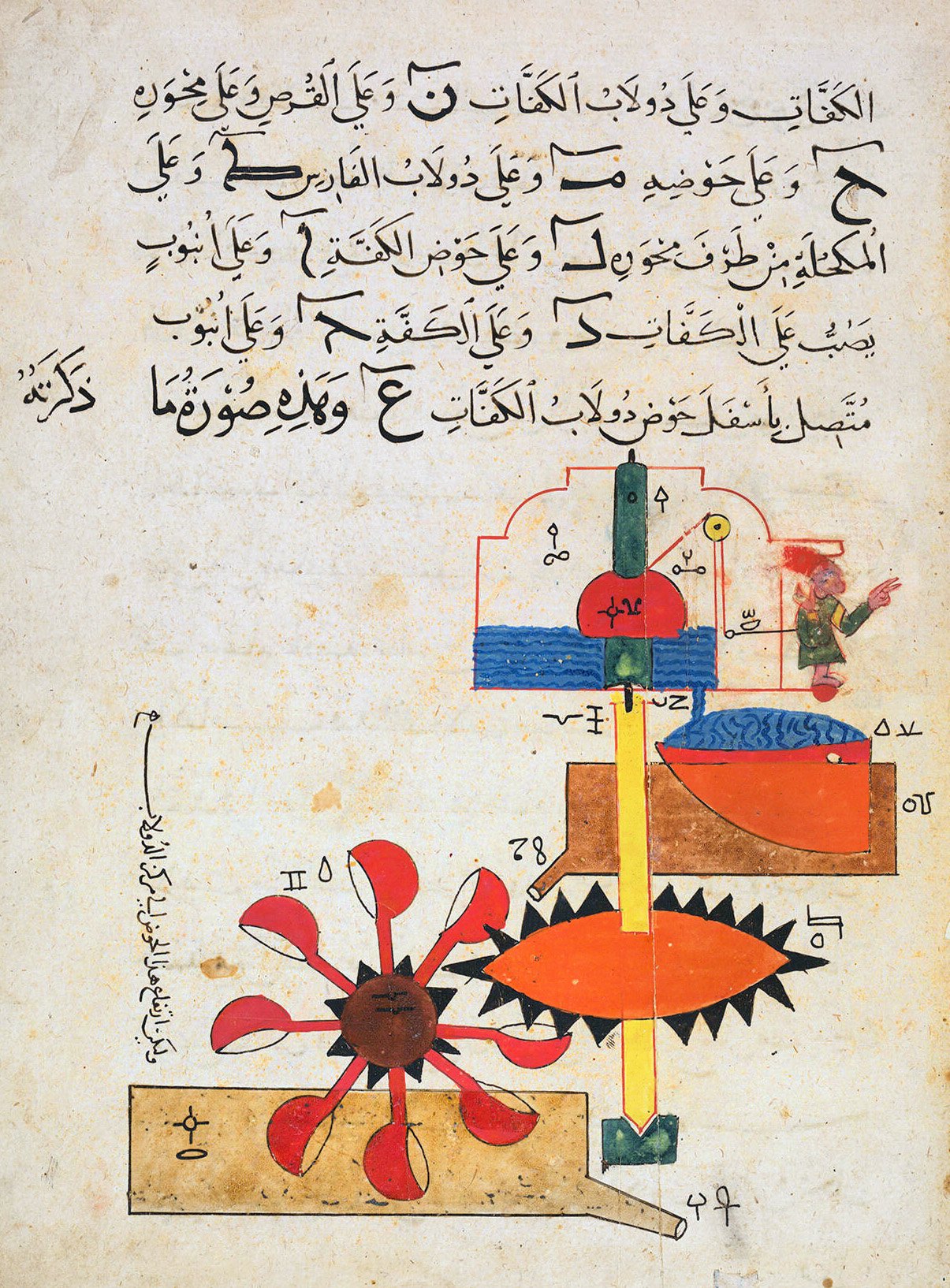
This was also a great time of cultural and political foment, as the Crusades were launched in an attempt to ‘liberate’ Jerusalem in the 12th century. Salahuddin Ayyubi (Saladin) arose as a hero of the Islamic world, and a villain of the European one, but the violent coming together of two civilizations also had its inevitable side effects. Much intellectual interchange took place during this period, and an influx of new knowledge and technological innovations began the slow uplifting of Europe from the Dark Ages.
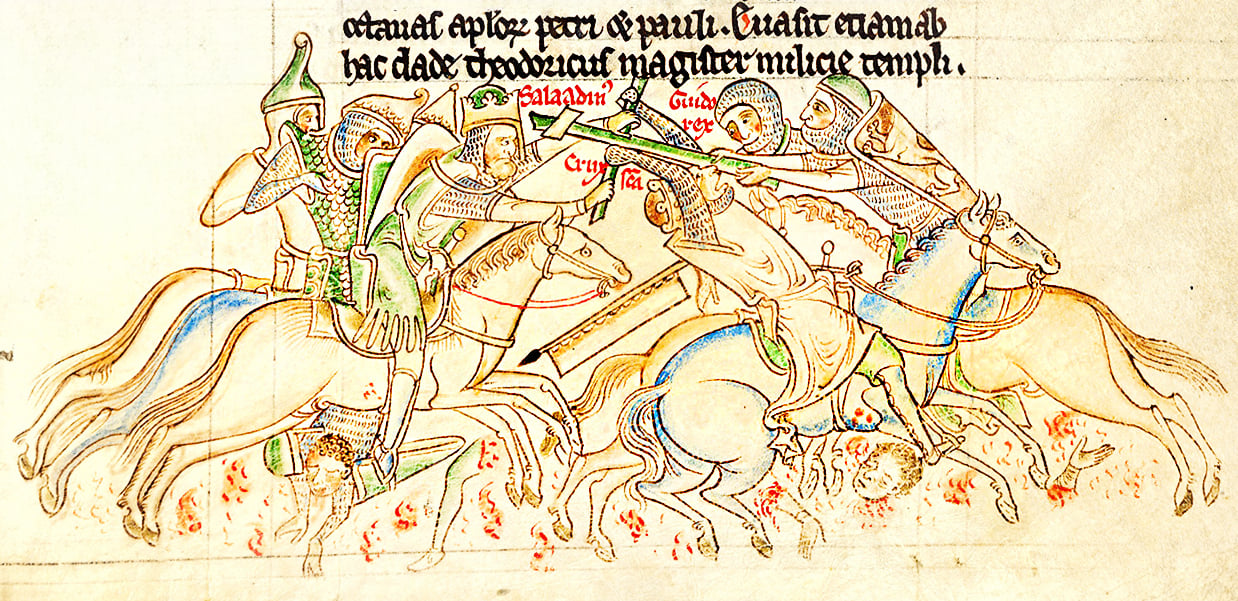
The Islamic Golden Age began to wane in the 13th century, however as with all history, it was not a ‘cut and dried’ affair and the brilliance of this period did not wink out overnight.
The Mongol invasion and conquest of much of the old Islamic caliphate led to the sacking of Baghdad and destruction of the House of Wisdom in 1258. Many pinpoint this as the start of decline, which has historical and symbolic weight to it. However, the seeds of weakness that allowed an empire to diminish into warring city states easily overcome by the Mongols, were planted centuries earlier. While the House of Wisdom did not survive, institutions like Al-Qarawiyyin and Al-Azhar university endured (and still do), and there were still many advances made during this time.
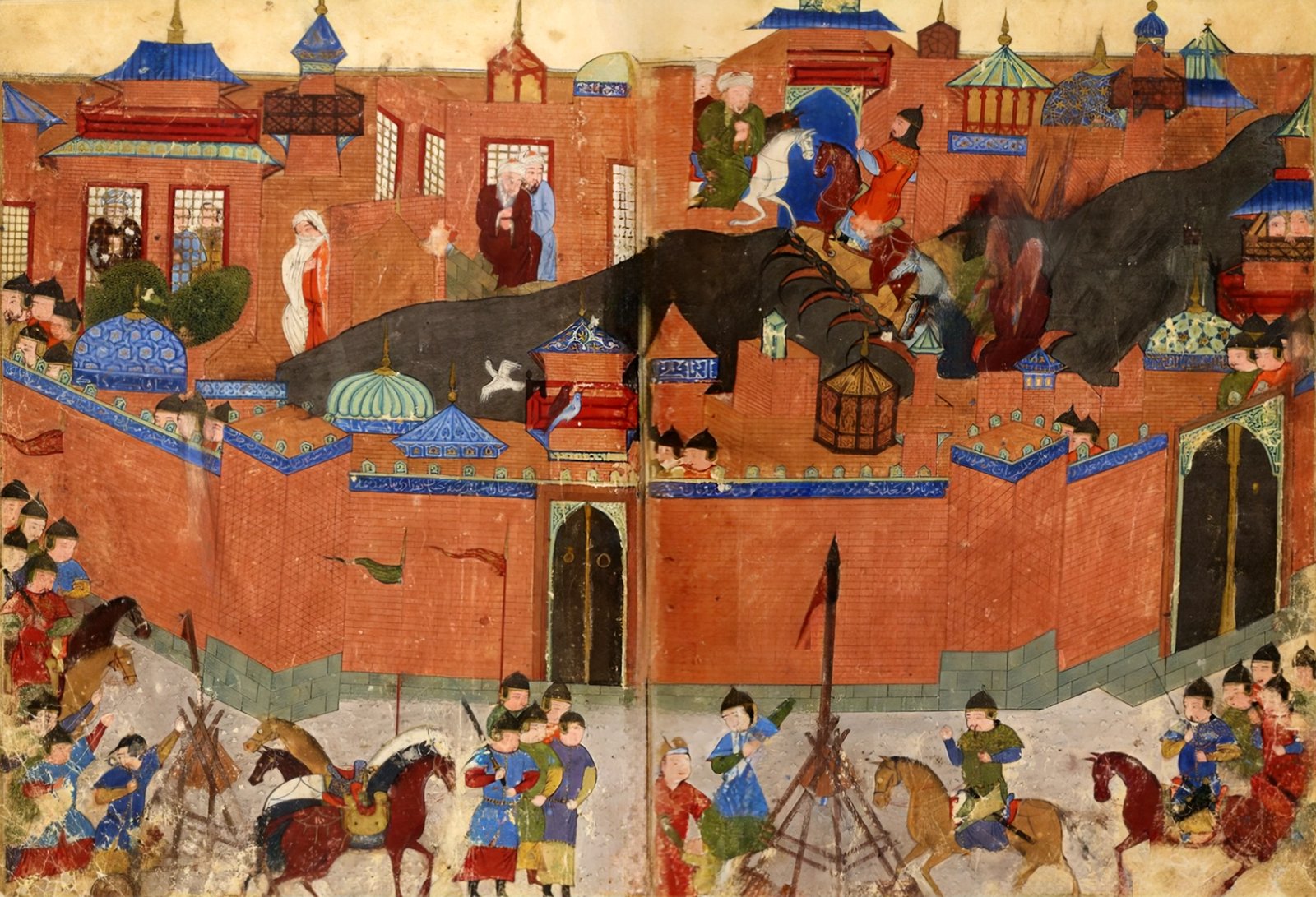
Al-Tusi constructed the Maragheh Observatory in Iran, and his work there paved the way for later astronomer Ibn Al-Shatir to successfully disprove the Ptolemaic model of celestial spheres. Ibn Arabi, a Sufi mystic and philosopher, left an enduring mark on Sufi thought with his prolific writings on spiritual enlightenment. The 13th century also gave us Rumi, arguably the most well-known Sufi poet in history.
With social and political upheavals, the disruption of centers of learning, a decline in patronage and security for scholars in the old Islamic empire, much of the former scholarly activity moved to the fringes. The uncertainty of the times also saw an ascendancy of more rigid religious thinking, which further dampened down the movement of ideas seen in previous centuries.
The founding of the Ottoman Empire in the later part of the century would eventually provide a new safe haven for Islamic artistic and scholarly revival, but overall it was the beginning of tough times.
The Islamic Golden Age remains a beacon of human achievement, an example of the heights that knowledge, innovation, and cultural exchange can attain. The Islamic ethos of finding a spiritual boon in seeking and disseminating knowledge saw the early Islamic scholars engage with Classical thinkers like Plato, Ptolemy and Aristotle with a verve not seen in centuries – advances in all areas of human endeavor were the result.
The knowledge gained during this period, in turn, found a home in Europe, paving the way for further advancement and discovery during the Renaissance and beyond.
